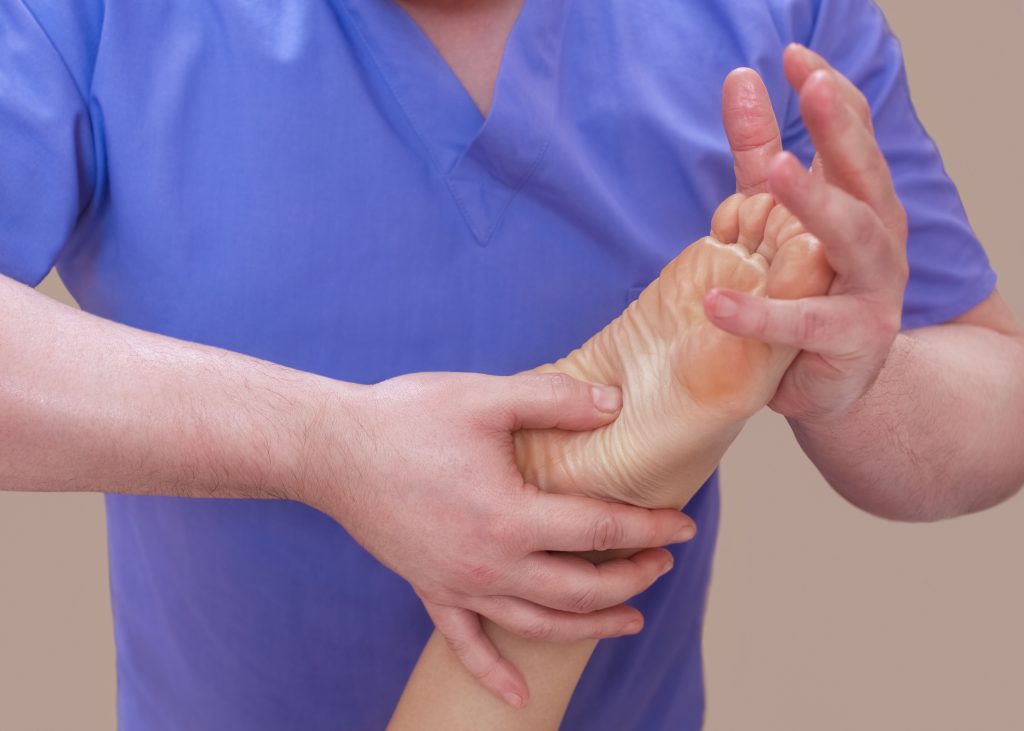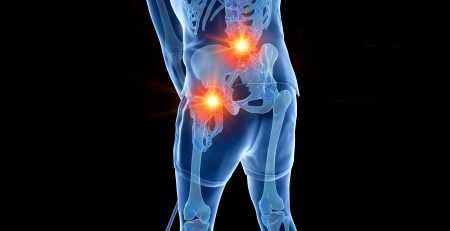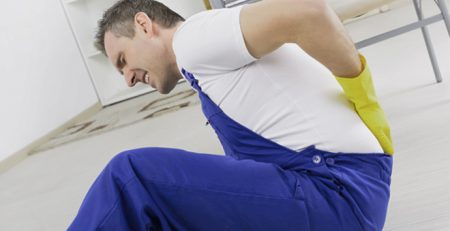Heel and Foot Pain – Plantar Fasciitis and Finding Relief
If you suffer from pain in your heel, the bottom of your foot or along the instep, chances are have a condition known as plantar fasciitis. Plantar fasciitis is a common reason for heel and foot pain. It occurs when the plantar fascia, a thick, fibrous tissue located on the bottom of the foot, becomes inflamed and symptomatic.
What causes plantar fasciitis?
Plantar fasciitis results when breakdown of the tissue exceeds the body’s ability to repair it. Possible causes include:
• Altered or abnormal biomechanics
• Over-use
• Acute trauma
• Heel spurs
• A combination of the above
What are the classic symptoms of plantar fasciitis?
Individuals who are suffering from plantar fasciitis usually report several classic symptoms. Common complaints include heel/instep pain that:
• Is worse in the morning
• is worse after a prolonged period of immobility/sitting
• initially gets better when the individual moves around then tends to get worse as the day
progresses
• can be reproduced with palpation to the symptomatic tissue
What is the treatment for plantar fasciitis?
Treatment often involves a two-stage approach. While first stage efforts are focused on decreasing the inflammation, later stage efforts focus on correcting any underlying biomechanical problems.

Initial stage activities that target inflammation include:
Frequent icing/heating: Ice or ice massages are an effective way to get relief. A great technique involves filling an old 12-ounce plastic water bottle and freezing. Individuals with symptoms then roll their foot over the frozen bottle for five -10 minutes several times a day. This provides both the benefits of massage and ice. In cases of chronic plantar fasciitis, heat is also a useful modality that can be used to manage symptoms. Heat in the morning prior to activity is often helpful in relieving symptoms.
Massage: Massage, whether done on your own or via a trained professional, can be an effective approach. For self-massage, in addition to using a frozen water bottle, individuals can use a tennis/golf ball under their foot to massage along the instep. Depending on how aggressive the massage is, icing afterwards may be indicated. Heat prior to the massage may also enhance the benefits of massage.
Rest: Inflammation of any kind is likely to require some level of rest. As a rule, if pain increases during an activity or shortly after cessation of the activity, the activity may need to be scaled back. Identifying which activities need to be modified is a bit trickier in individuals with chronic and/or more moderate symptoms.
Stretching: Because the plantar fascia’s fibres often blend into and become continuous with those of the Achilles tendon, stretches that target both the gastroc and soleus complex, aka the calf muscles, can be helpful in getting relief. If tolerated, toe extension (the toes to the nose position) can be performed separately or added to the calf stretches to help target the plantar fascia.
Good support shoes: While the biomechanics of the foot are complicated, in the short term, wearing a good support shoe that helps to control excessive pronation can help.
Cortisone injection: If you are under the care of a physician, he/she may recommend a cortisone shot. Cortisone is a steroid that can help to decrease inflammation. In acute cases, the shot alone may be enough to resolve symptoms. The Mayo Clinic provides detailed information on the cortisone injection at mayoclinic.com.
Physical therapist or chiropractor: Modalities used by physical therapists and chiropractors can help to decrease inflammation. Furthermore, your physical therapist or chiropractor are qualified to determine whether the second stage of treatment is necessary and, if so, what that treatment should entail. I can personally recommend the services of theswindonchiropractor.co.uk.
In an acute case of plantar fasciitis, the first stage alone may be sufficient to resolve symptoms and allow return to normal pain-free activities. However, in the majority of cases, specifically in chronic cases where the individual has been experiencing the symptoms either constantly or intermittently over several months, a second stage intervention will be crucial to preventing return of symptoms.
If required, the second stage of treatment is more involved and generally requires consultation with a skilled health professional like a physical therapist, chiropractor, podiatrist, orthopedic specialist or some other biomechanics expert. Since altered or abnormal biomechanics is usually the emphasis of this stage of treatment, the specific treatment approach will vary depending on the individual and the practitioner.
A second stage treatment is likely to include a combination of the following:
• Comprehensive biomechanical assessment
• exercises and stretches to address weaknesses, muscle imbalances and flexibility issues
• structural analysis of the foot and evaluation for possible orthotic intervention
• sports specific/task related training to correct poor mechanics
• advanced modalities to address chronic inflammation
• additional cortisone shots (usually no more than a total of three)
• prescription for night splints to keep the foot in a dorsi-flexed position while sleeping
• in rare cases, surgery to remove a heel spur or release the fascia and nerves might be indicated
In any case, because there are other causes for foot and heel pain, the first step in finding relief is getting a good diagnosis from your chosen health care provider. If plantar fasciitis is deemed the cause of your symptoms, the course of treatment will likely depend on the mechanism of injury, the length and severity of symptoms, as well as any underlying biomechanical issues that should be addressed.










